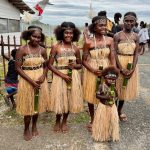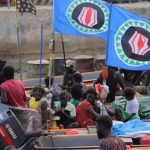The world is full of fascinating cultural experiments, and among the most intriguing is the Kingdom of Talossa—a self-declared micronation that blends politics, community, and creativity into a quirky but enduring online state. Founded in 1979, Talossa is one of the oldest Micronations still in existence and stands as a unique example of how imagination and dedication can build a shared experience that mimics the structure and culture of a real country.
Origins of Talossa
Talossa was founded on 26th December 1979, by Robert Ben Madison, then just 14 years old, in his bedroom in Milwaukee, Wisconsin. Inspired by his interest in history, politics, and linguistics, Madison declared his bedroom an independent kingdom and named it “Talossa,” which means “inside the house” in Finnish.
Unlike many fleeting teenage projects, Talossa endured and evolved. Madison’s vision grew into a fully-formed micronation complete with its own language (Talossan), constitution, government, nobility, political parties, and even national holidays. Watch video on Talossa.
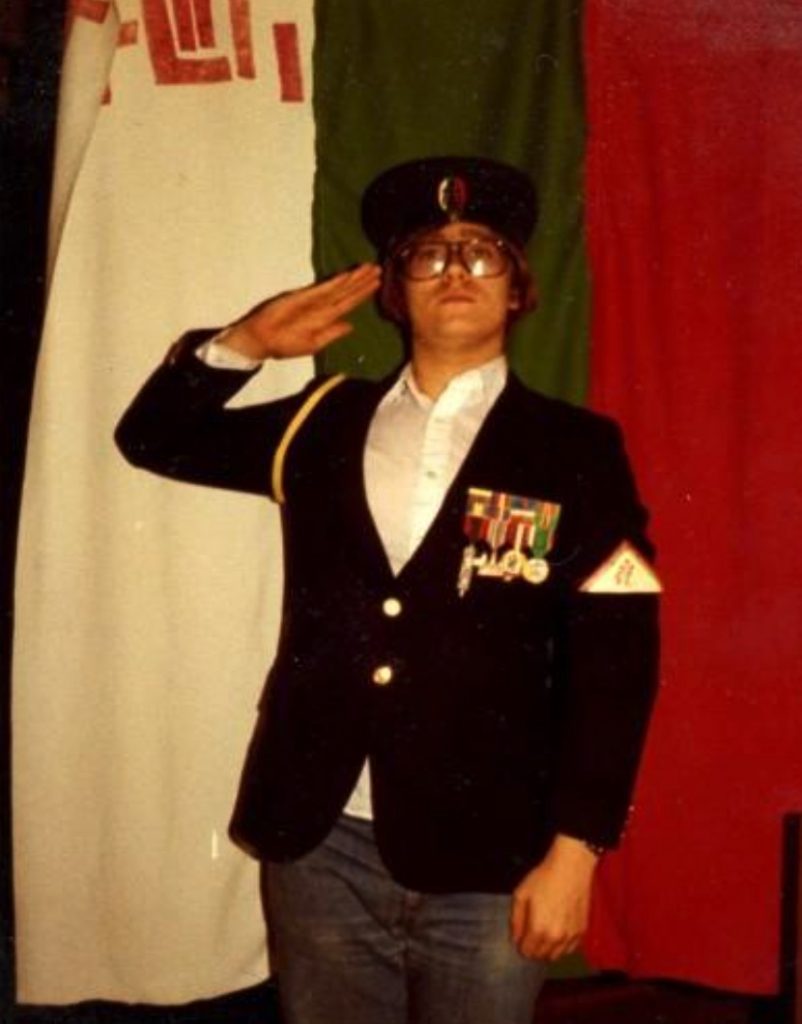
Robert Ben Madison
Government and Political System
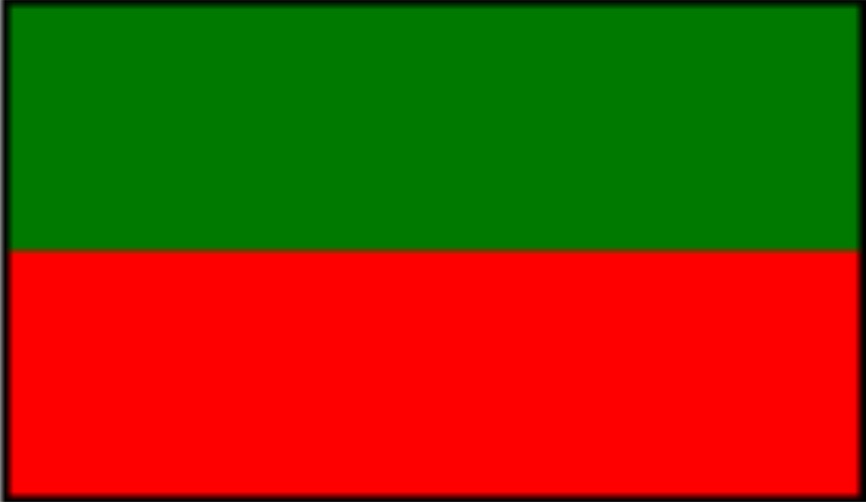
Flag of Talossa
Talossa is officially known as the Kingdom of Talossa and claims to be a constitutional monarchy. Its political structure is surprisingly detailed and includes:
- The King: A ceremonial monarch who plays a symbolic and diplomatic role.
- The Ziu: The national legislature, consisting of two houses—the Cosa (lower house) and the Senäts (upper house).
- The Prime Minister: The head of government, elected by the members of the Cosa.
- The Cort pü Inalt: The High Court, which handles judicial matters.
The nation’s laws, elections, and debates are mostly conducted online, through forums and official websites. Despite its whimsical nature, Talossa has seen passionate political debates, party rivalries, and constitutional reforms – mirroring the democratic processes of real-world nations.
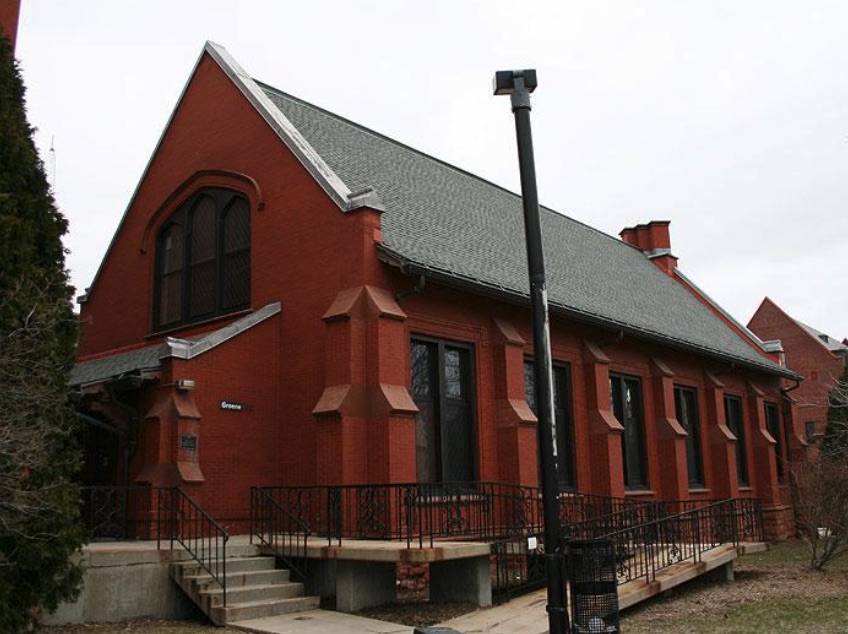
Senäts (upper house) of the Talossan legislature, the Ziu.
Monarchs of Talossa
Since its founding, Talossa has had several monarchs:
- King Robert I (1979–1987): Robert Ben Madison, the founder of Talossa.
- King Robert II (1987): Robert Charles Dobberpuhl, who reigned briefly before being deposed.
- Queen Florence I (1987–1988): Florence Yarney, Madison’s former English teacher.
- King Robert I (1988–2005): Robert Ben Madison returned to the throne during this period.
- King Louis (2005–2006): Luis Guzmán, a regency was established during his reign.
- King John I (2007–2024): John Woolley, known in Talossan as Ian Lupul.
- King Txec I (2024–present): Doctor Sir Txec Róibeard dal Nordselvá.
Prime Ministers (Seneschals) of Talossa
The role of Prime Minister, or Seneschal, has been held by various individuals since the establishment of Talossa’s democratic government. The current Prime Minister is the Most Hon. Dame Miestră Schivă.
Language and Culture
One of the most distinctive features of Talossa is its constructed language, Talossan. Developed by Madison, the language is a Romance-based conlang that has its own grammar, vocabulary, and linguistic quirks. Many Talossans take pride in learning and using Talossan in official communications, creative writing, and ceremonies.
Culturally, Talossa thrives on creativity. Citizens, known as Talossans, contribute by writing stories, composing music, designing flags and symbols, and engaging in historical reimaginings. There are traditions, anthems, holidays (such as Independence Day and Benito’s Day), and a shared sense of history that binds the community.
Citizenship and Participation
Becoming a Talossan citizen is relatively easy. Interested individuals can apply for citizenship through the official Talossan website. New citizens are welcomed into the fold, assigned to one of the nation’s provinces (with names like Benito, Atatürk, and Maritiimi-Maxhestic), and can participate in political life, cultural projects, and social events.
The global nature of Talossa’s citizenry is part of its charm – despite its origins in Milwaukee, the micronation has citizens from around the world. The community interacts primarily through online platforms like discussion forums and virtual meetings.
Talossa Today
While the Kingdom of Talossa does not claim territory or seek recognition from other countries, it has persisted for over four decades. In that time, it has witnessed the departure of its founder (Madison left the project in the 2000s), restructured its government multiple times, and weathered the fluctuations of online participation.
Talossa remains a prominent example of a Micronation, a term used to describe self-declared entities that claim independence but lack recognition. It has inspired academic studies, news features, and a devoted following among those fascinated by alternative governments and imaginative communities.
Final Thoughts
Talossa is more than just an elaborate game or a political fantasy – it’s a testament to the enduring human desire for community, identity, and creative expression. In a world increasingly connected through technology, Talossa shows how people can come together to build something unique, democratic, and surprisingly complex – all from the comfort of their own homes.
Whether viewed as a satirical mirror of real-world governance or a genuine social experiment, the Kingdom of Talossa remains a beacon in the world of Micronations: whimsical, serious, and entirely its own.
=======================================================================
Difference between a Micronation and a Microstate
A Micronation is a political entity that claims to be an independent nation or sovereign state, but which lacks legal recognition by any sovereign state, often characterized by small size and a lack of international recognition. Micronations are self-proclaimed entities that assert their sovereignty as independent states, but are not recognized as such by any recognized sovereign state or supranational organization – examples being Principality of Hutt River, Republic of Uzupis, Liberland, Christiania, Conch Republic, Molossia, Zaqistan, Atlantium, and Ladonia. Micronations differ from Microstates which are internationally recognized as a sovereign state that is very small in area, population, and/or economic resources – commonly accepted examples include Andorra, Liechtenstein, Monaco, San Marino, and Vatican City. While small, Iceland, Malta, and Luxembourg are not typically considered Microstates because they have populations and land areas that surpass the size thresholds commonly used to define Microstates.
========================================================================
YPT Tours to Unrecognized Countries, Microstates, and Enclaves.



